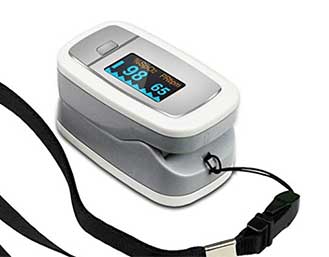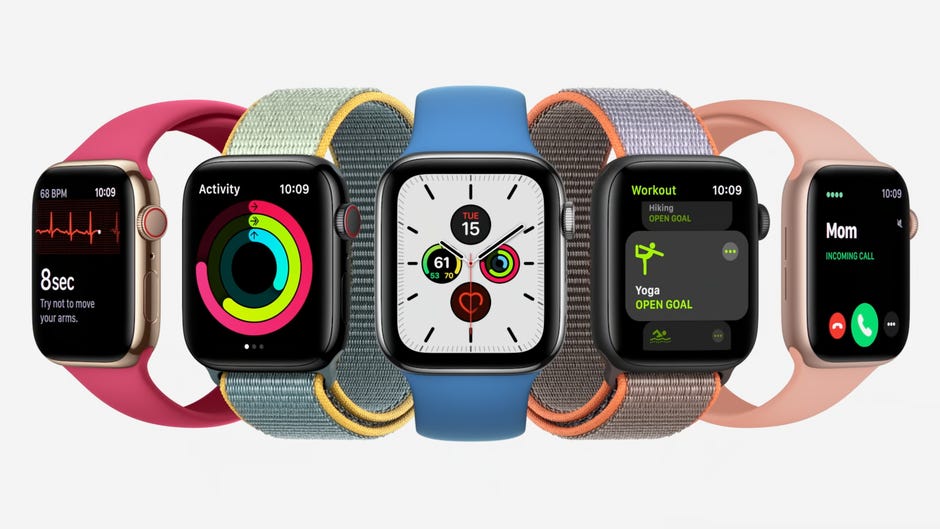

“It’s not necessarily bad,” Xu says, “but all things being equal, isn’t going to be as accurate” as a pulse oximeter designed for a more favorable location.” Wrist-worn blood oxygen sensors face another disadvantage: while fingertips are thin enough to allow light to shine through them, wrist oximeters must rely on reflected light, an inherently less precise approach.

“Those locations have an advantage over the back of the wrist,” Xu says, “because they have more capillaries, so provide a better signal to noise ratio.” The devices used in hospitals as well as the standalone gadgets sold in drugstores typically clip onto a fingertip or, sometimes, an earlobe.
#Best medical pulse oximeter 2020 skin#
Besides the issues of adjusting to different skin colors, coping with motion, and other design challenges faced by all pulse oximeters, putting the sensors on top of the wrist raises the difficulty level. Is Apple’s a good one? It’s hard to say just yet. Says Steve Xu, a physician-engineer who is medical director for the Center for Bio-Integrated Electronics at Northwestern University, “It is relatively straightforward to make a pulse oximeter, even for an undergrad engineering design project, but it is really really hard to make a good one that is clinically dependable.” Indeed, accuracy remains a question with many of the pulse oximeters on the consumer market. That comes as little surprise-FDA clearance takes time-but without that approval, it’s hard to know just how accurate it is. (The red and infrared LEDs are involved in the oxygen measurement the green LED can check pulse rate.) The sensors, mounted on the back of the watch and therefore touching the top of the wrist, can be used to take readings on demand during the day and automatically during sleep.Īpple is touting the gadget for “fitness and wellness.” Loosely translated, that means that this gadget does not have FDA approval to be marketed as a medical device.
#Best medical pulse oximeter 2020 series#
Announced last week, the Apple Watch Series 6 uses four groups of green, red, and infrared LEDs along with four photodiodes and what the company says is an advanced custom algorithm to determine blood oxygenation.

The sensors don’t cost much, they don’t use much battery power, and they could attract at least a few consumers looking to feel a little safer in this uncertain world.Īpple is the latest company to bring pulse oximetry to a wrist wearable ( Fitbit and Garmin already had products out pre-pandemic, aimed at identifying sleep apnea). Now, six-plus months into the pandemic, it’s not surprising that consumer electronics manufacturers are touting the benefits of adding pulse oximeters to wearables.

So it seemed like a good idea to have one on hand, if you could find one. With that information, algorithms can calculate a level of blood oxygenation for most healthy people that’s in the high 90 percentile, in cases of COVID, the numbers dropped into the 80s. These inexpensive and noninvasive electronic devices use LED lights and photodiodes to determine the way red blood cells are absorbing light-oxygenated cells absorb more infrared light than red light, cells that aren’t carrying oxygen the opposite. Pulse oximeters were also in short supply, as news came out that a drop in blood oxygen could be a sign that a case of the coronavirus has taken a bad turn. In the early days of the coronavirus pandemic, it wasn’t just face masks and hand sanitizer that flew off drugstore shelves.


 0 kommentar(er)
0 kommentar(er)
